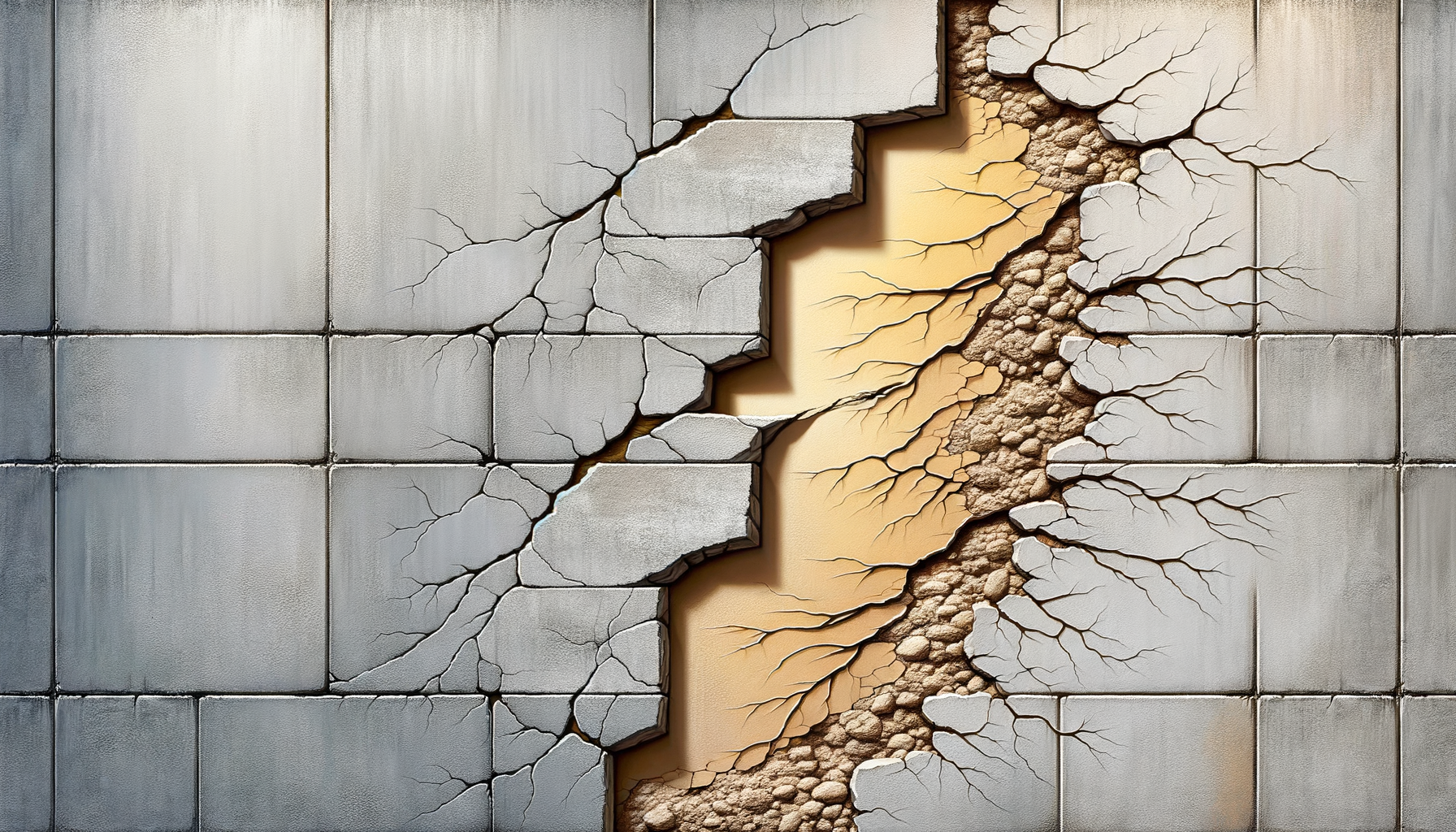Understanding the Causes of Cracks
Cracks in walls, floors, or ceilings can be alarming, but understanding their causes can help you address them effectively. Various factors contribute to the formation of cracks, including structural movements, temperature changes, and material shrinkage. Structural movements, often due to settling or shifting foundations, can lead to cracks as the building adjusts to its environment. Temperature changes cause materials to expand and contract, leading to stress and eventual cracking. Additionally, shrinkage of construction materials like plaster or concrete can create small cracks as they dry and settle.
Recognizing the underlying causes of cracks is crucial for determining the appropriate repair method. For instance, minor cracks due to material shrinkage might only require cosmetic fixes, whereas cracks from structural issues could necessitate professional intervention. By identifying the cause, homeowners can better plan their repair strategy, ensuring both immediate and long-term solutions.
Essential Tools and Materials for Crack Repair
Tackling crack repair requires the right tools and materials to ensure a successful outcome. Some basic tools include a putty knife, sandpaper, and a paintbrush. For materials, you’ll need a filler compound such as spackling paste or joint compound, depending on the crack’s location and size. For larger cracks, a mesh tape might be necessary to provide additional support and prevent future cracking.
Having these tools and materials on hand can make the repair process smoother and more efficient. Investing in quality tools not only helps achieve a professional finish but also prepares you for future DIY projects. With the right equipment, even those new to home improvement can handle crack repairs with confidence.
Step-by-Step Guide to Repairing Small Cracks
Repairing small cracks is a manageable task that can enhance the appearance and integrity of your home. Start by cleaning the crack area to remove any dust or debris. Use a putty knife to widen the crack slightly, which allows the filler to adhere better. Apply the filler compound using the putty knife, ensuring it’s pressed firmly into the crack. Smooth the surface with the knife, removing excess material.
Once the filler has dried, sand the area until it’s smooth and level with the surrounding surface. Finally, apply a coat of primer followed by paint to match the existing wall color. This process not only conceals the crack but also reinforces the area, preventing future issues. By following these steps, homeowners can achieve a seamless repair that blends with their home’s aesthetics.
When to Call a Professional
While many cracks can be repaired by homeowners, certain situations warrant professional assistance. Large or widening cracks, especially those accompanied by other signs of structural damage like sticking doors or windows, should be evaluated by a professional. These could indicate underlying issues with the building’s foundation or structural integrity that require expert intervention.
Additionally, cracks in load-bearing walls or those that appear in multiple areas simultaneously might suggest more significant problems. In such cases, a structural engineer or a specialized contractor can assess the situation and recommend appropriate repairs. Seeking professional help ensures safety and peace of mind, particularly for complex or potentially hazardous repairs.
Preventing Future Cracks
Preventing future cracks involves regular maintenance and addressing potential issues before they escalate. Ensure proper drainage around the foundation to prevent water accumulation, which can lead to shifting and cracking. Regularly inspect your home for signs of wear and address minor issues promptly to avoid larger problems.
Maintaining consistent indoor humidity levels can also minimize material expansion and contraction, reducing the likelihood of cracking. Additionally, using flexible sealants in areas prone to movement can absorb stress and prevent cracks from forming. By taking these proactive measures, homeowners can protect their investment and maintain their home’s structural integrity.








